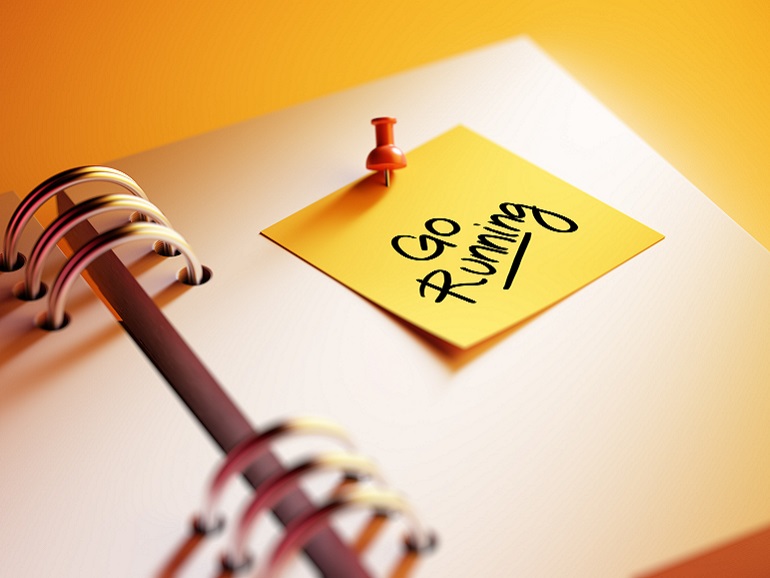ARTICLES
Fall Marathon Training Plan Tips

Planning to run a marathon this fall? Here are 4 things to consider when training for your race
Picking your goal race
The best months to race across Canada fall between the end of September and early November, just before the stormy fall weather hits. Some of the big Canadian marathons—such as the Goodlife Fitness Victoria Marathon, BMO Okanagan Marathon, BMO Nesbitt Burns Prince Edward Island Marathon and Scotiabank Toronto Waterfront Marathon—happen in October, and tend to have the most ideal racing conditions. Check out our event calendar to find a fall race near you.
When to start training
If you’re targeting a mid-October to early November marathon, you should either be just starting your training program now or a few weeks in already. Most marathon training plans are between 14 to 17 weeks in duration, though you could get away with a 10- to 12-week plan if you’re an experienced runner or are already conditioned from a spring endurance event. Count backwards week by week from your race day to find the appropriate training plan duration for you, keeping in mind that your total training volume should increase by no more than 10% per week.
Staying hydrated
Doing the majority of your training in the summer means you need to pay extra attention to your hydration levels, as dehydration during exercise—especially in the heat—can contribute to everything from muscle cramps and poor performance to dizziness and heat stroke. Ensure you stay hydrated for your long training runs by consuming 17 to 20 oz. of water about two to three hours before your run, then another seven to 10 oz. about 15 minutes before you head out the door. This will allow for proper water absorption in your body (and time to hit the bathroom before you go) so you’re hydrated enough for the first 45 minutes of your run. During you run, have a water bottle handy or wear a hydration belt or backpack and drink about seven to 10 oz. of water or a sports drink for every 10 to 20 minutes of running. After your run, drink at least 20 oz. of water or a sports drink to replenish electrolytes lost through sweat.
Race day attire
Depending on where you live, expect race day to start off on the cooler side (around 8 to 10 degrees C) but potentially warming up to 17 degrees C when you’re about 10 kilometres from the finish line. Your best option for fall race day attire is your summer running outfit (shorts, a hat, sunglasses and a t-shirt or tank top) plus layers you can remove (such as arm warmers that can be pushed down to your wrists when you heat up) or don’t mind tossing to the side of the road, like an old hoodie or light long-sleeved top.

 Tweet
Tweet Share
Share